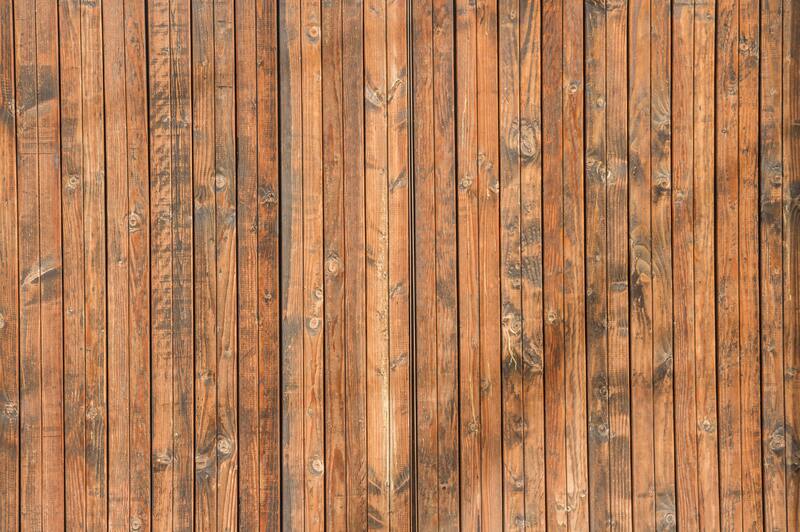If you’re worried about the repair cost of your flooring, this article on how much to repair water damaged wood flooring suits your problem. Besides, learning these do-it-yourself instructions is more efficient than hiring a repairman to do the job.
Most homeowners prefer wood flooring than tiles or any man-made laminates due to the numerous advantages it provides. For instance, solid and engineered wood floors are both extremely durable and resistant, while it adds value to your home due to their aesthetic appeal, though installation cost is quite higher than other flooring types.

Thus, the extent of water damage depends on the amount of water contact and how long it sits on wood floors. With that matter, this home improvement article is ready to provide helpful restoration processes to make your wood flooring back to its former condition.
Repair Cost
Currently, repairing minimally damaged wood flooring costs around $350 on average, but the damaged subfloor greatly raises the repair cost. In some articles, repairs may cost $500 to $700 for a short portion of wood flooring.
Otherwise, depending on the severity of water damage, you’ll spend anywhere around $25 per square foot on average. Hence, repairmen or flooring contractors may demand $30 to $60 charges per work hour.
Water Damaged Wood Flooring Indication
Before you proceed to the repair process, it is vital to know first these signs of water damage on your wood flooring. Thus, these water damaged indications are caused by a constant stream of water, which could have resulted from a leak in your home.
1. Cupping
When floorboards or slabs start to form a hump on the floor, it’s probably the initial clue that your wood flooring is water damaged. Thus, cupped wood flooring is also caused by failing to monitor the moisture level of the wooden floors and subfloor upon installation.
2. Crowning
If the unpolished wood flooring surface is exposed to water leak before being completely refinished, the floorboards might become crowned as the wood expands. The floorboard’s center can be seen as elevated and higher than the sides, creating a pattern of convex bumps.
3. Buckling
Water absorption triggers swelling in your wood flooring, which is most visible at the floorboards curving upward corners and when floorboards start to buckle.
4. Mold growth
Wood is one of the organic materials that mold can easily infiltrate if there’s an extreme presence of moisture or water leak. The unseen small holes on the wood surface trap water which tears down the wood in the long run.
5. Stain or discoloration
If water penetrates the finish on floorboards, it will likely discolor the wood itself. Hence, stains or discoloration in your wood flooring can be nasty and eye-catching as it appears like dark spots or white circles.
Step-by-step repair process
The wood flooring may be fixed rather than replaced, depending on the extent of the damage. If the water damage is minimal, the wooden floor can be recovered, but the severely damaged floorboard may need to be replaced.
Similar to this, read this article on how to scrape water damaged floors for related processes.
Step #1. Determine the source of the problem
First things first, have a quick inspection of your home for you to end the problem of water damage on your wood flooring. It could come from a leaky roof, broken pipes in the subfloor, and even high humidity.
Step #2. Inspect wood flooring
After identifying the root cause of the problem, all you have to do is inspect your wood flooring to repair specific water damage. While doing so, you may refer to the above-mentioned water damage wood flooring indications.
Step #3. Assess whether your wood flooring needs repair or replacement
The amount of water on the floorboard has varied the level of damage to wood flooring. Thus, the total period that the wood flooring has been wet also determines the extent of water damage.
In the end, if the floor is slightly damaged, it can be saved by replacing the afflicted floorboards, sanding, or polishing the wooden floor. Otherwise, if the damage to the wood flooring is massive, the entire floor will need to be replaced, as well as the subfloor in worst cases.
Step #4. Dry out the wood flooring
If signs of cupping, crowning, and buckling are visible, it is advisable to dry out the wood flooring for there is a possibility that water is stuck beneath the floorboards. You may use a heater to increase the room temperature or a dehumidifier.
Step #5. Sanding of wood flooring
In this process, you may use sanding equipment to polish or sand the visible spots of water damage. Also, make sure to wear a dust mask to avoid inhaling dust particles.
Step #6. Refinishing
Finally, have your wood flooring refinished to prevent water damage from occurring repeatedly. Thus, make sure to use the necessary wood sealant for each type of wood.
Conclusion
To wrap things up, the knowledge of how much to repair water damaged wood flooring will help you decide whether you’ll ask to do the job or you’ll just do it by yourself. For more information, browse this article on how to fix water damaged floating floor.
